Introduction
The debate over whether tea should be boiled or steeped has persisted for centuries, rooted in cultural practices, culinary preferences, and scientific understanding. While many tea enthusiasts advocate for gently steeping leaves in heated water to preserve delicate flavors, others swear by the robust depth achieved through boiling. This article explores the historical, cultural, and chemical dimensions of boiling tea, examining which varieties thrive under this method, the potential health implications, and the nuanced balance between tradition and innovation in preparing this beloved beverage.
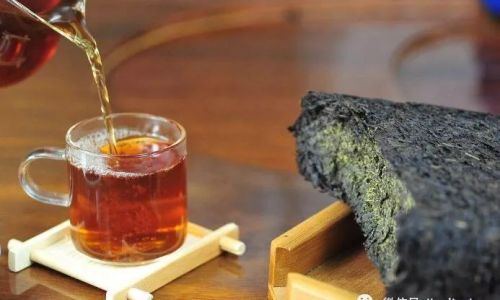
Brewing Methods: Boiling vs. Steeping
To comprehend the boiling-versus-steeping debate, one must first grasp the fundamental differences between these techniques. Steeping involves submerging tea leaves in hot water (typically between 160°F and 212°F, depending on the type) for a controlled period, allowing flavors and compounds to infuse gradually. Boiling, by contrast, exposes tea leaves or herbs to water at its maximum temperature—212°F (100°C) at sea level—often for extended durations.
Critics of boiling argue that high temperatures can destroy subtle aromatic compounds and overextract tannins, resulting in a bitter or astringent brew. However, proponents counter that boiling unlocks unique flavors and textures, particularly in robust teas or herbal infusions. The key lies in understanding which teas are compatible with boiling and how to manage variables like time, water quality, and leaf-to-water ratio.
Cultural Practices: Boiling Tea Across the Globe
The act of boiling tea is deeply embedded in numerous cultural traditions, each with its own rituals and philosophies.
-
China’s Ceremonial Boiling
In ancient China, boiling tea was a common practice before the Tang Dynasty (618–907 CE), when steeping gained prominence. The “cao cha” method involved simmering tea leaves with ingredients like ginger, orange peel, and salt in a cauldron, creating a hearty, medicinal brew. Even today, certain regions in China, such as Tibet and Mongolia, boil tea leaves with yak butter and salt to produce po cha (butter tea), a staple that provides sustenance in high-altitude climates. -
Russian Zavarka Tradition
Russian tea culture embraces boiling in the form of zavarka, a concentrated tea extract made by simmering black tea leaves in a samovar. This strong brew is then diluted with hot water, allowing individuals to customize strength and temperature. The process emphasizes durability, as zavarka retains its flavor for hours. -
Moroccan Mint Tea
Morocco’s iconic atai (mint tea) is prepared by boiling green tea leaves with fresh mint and sugar in a brass teapot. The boiling process mellows the tea’s bitterness while infusing it with mint’s refreshing essence, creating a sweet, aromatic beverage central to Moroccan hospitality. -
British and Irish Strong Brews
In the UK and Ireland, black tea is often brewed with boiling water in teapots, yielding a robust, malty flavor. While not simmered for extended periods, the initial boil ensures maximum extraction, which is then tempered by the addition of milk or lemon.
Health Benefits and Considerations
Boiling tea can influence its nutritional profile, altering the concentration of antioxidants, caffeine, and polyphenols.
-
Antioxidant Release
Studies suggest that boiling tea leaves may enhance the extraction of certain antioxidants, such as catechins in green tea. However, prolonged boiling can degrade these compounds due to oxidation. For example, a 2015 study published in the Journal of Food Science found that boiling green tea for five minutes increased catechin content by 15% compared to steeping, but beyond that, levels declined. -
Caffeine and Tannin Levels
Boiling tends to extract more caffeine and tannins than steeping, which may appeal to those seeking an energy boost but could lead to bitterness. Tannins, while beneficial in moderation, may cause digestive discomfort if overconsumed. -
Herbal Infusions and Medicinal Teas
Herbal teas, such as chamomile, hibiscus, or rooibos, often benefit from boiling, as it helps release medicinal properties. For instance, boiling ginger root or turmeric in water is a common practice to extract anti-inflammatory compounds.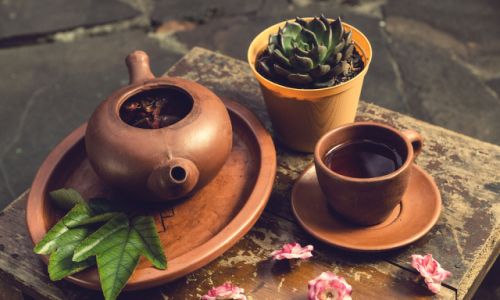
Equipment and Techniques for Boiling Tea
Mastering the art of boiling tea requires attention to tools and methodology.
-
Kettles and Pots
Traditional methods use clay teapots, stainless steel kettles, or ceramic pots. Clay pots, favored in Chinese gongfu ceremonies, distribute heat evenly and retain warmth. Modern electric kettles with temperature controls offer precision, though purists argue they lack the soul of open-flame boiling. -
Water Quality
The mineral content of water affects taste. Soft water (low in minerals) produces a cleaner flavor, while hard water may enhance body but risk cloudiness. Filtered or spring water is often recommended. -
Leaf-to-Water Ratio
Boiling typically requires fewer leaves than steeping, as prolonged heat extracts more flavor. A general guideline is 1 teaspoon of loose leaves per 8 ounces of water, adjusted to taste. -
Time Management
Timing varies by tea type:
- Black Tea: 3–5 minutes
- Pu-erh: 5–7 minutes
- Herbal Blends: 7–10 minutes
- Green/White Tea: Avoid boiling; use water below 175°F (80°C).
Common Mistakes and How to Avoid Them
Even seasoned tea drinkers may err when boiling. Key pitfalls include:
-
Overboiling Delicate Teas
Green, white, and oolong teas contain delicate leaves that scorch at boiling temperatures, releasing bitter flavors. Solution: Use cooler water or steep these teas separately after boiling water. -
Using Too Much Tea
Boiling amplifies extraction, so excess leaves lead to bitterness. Start with the recommended ratio and adjust gradually. -
Ignoring Aeration
After boiling, allowing the tea to rest briefly (1–2 minutes) before pouring can reduce harshness. This “aeration” period lets volatile compounds dissipate. -
Reboiling Water
Reheating water depletes oxygen levels, flattening the tea’s taste. Always use freshly boiled water.
The Science Behind Boiling: Flavor Chemistry
Tea’s flavor is a symphony of compounds, including polyphenols, amino acids, and volatile organic compounds (VOCs). Boiling alters this balance:
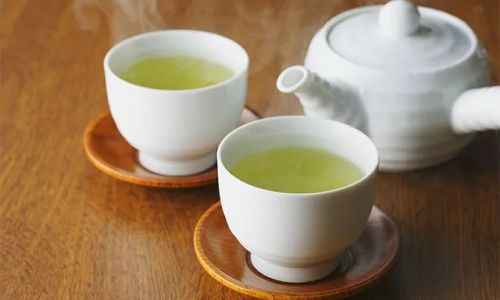
- Polyphenols: Responsible for bitterness and astringency, these compounds extract more readily at high temperatures.
- Amino Acids: Such as theanine, which impart umami and sweetness, degrade slowly under heat.
- VOCs: Delicate aromatic molecules evaporate quickly at boiling points, which is why lightly oxidized teas (e.g., green tea) lose their floral notes when boiled.
This chemical interplay explains why robust teas like black or pu-erh tolerate boiling, while delicate varieties do not.
Innovations in Boiling: Modern Adaptations
Contemporary tea enthusiasts are reimagining boiling techniques, blending tradition with technology.
-
Cold Brew Boiling
A niche method involves boiling water, cooling it, then steeping tea leaves overnight. This reduces bitterness while retaining depth. -
Sous-Vide Tea
Sealing tea leaves in a bag and simmering them in a water bath at controlled temperatures (e.g., 185°F for black tea) offers precision without scorching. -
Tea Concentrates
Boiling tea to create syrupy concentrates has gained popularity in mixology, where it serves as a base for cocktails or iced teas.
Environmental and Economic Considerations
Boiling tea can be more sustainable in certain contexts. For example, using a single pot of boiled water to brew multiple cups reduces energy waste compared to repeatedly heating water for individual steeping sessions. Additionally, cheaper tea varieties often shine when boiled, making luxury leaves unnecessary for everyday consumption.
Conclusion: Balancing Tradition and Experimentation
The question of whether tea can be boiled hinges on context, culture, and individual preference. While boiling is ill-suited to delicate teas, it elevates robust varieties and herbal infusions, offering a canvas for culinary creativity. By understanding the science of extraction, respecting cultural traditions, and embracing mindful experimentation, tea lovers can harness boiling as a tool to explore new dimensions of flavor. Whether simmered in a Tibetan butter churn or brewed in a modern electric kettle, tea remains a testament to humanity’s ability to transform a simple leaf into a ritual of connection and discovery.
In the end, the “correct” method is the one that delights the palate and honors the spirit of the drink. So, boil away—but do so with intention, and savor every sip.
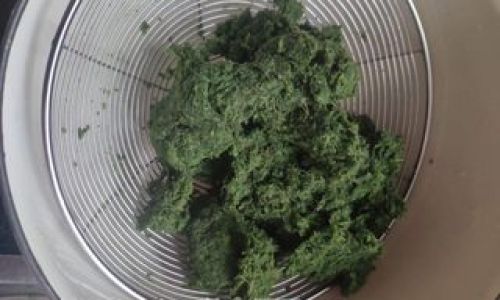
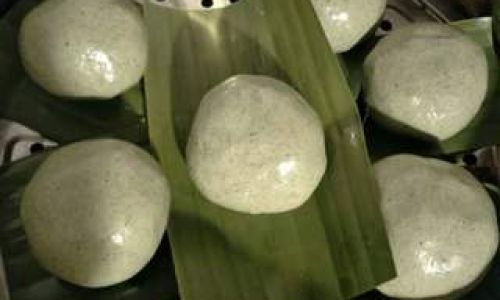
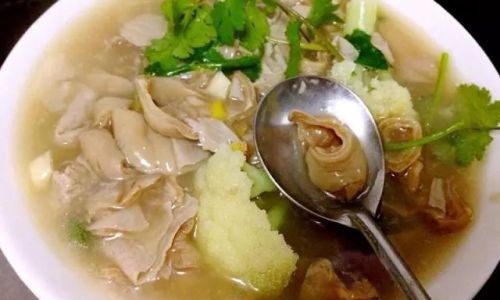
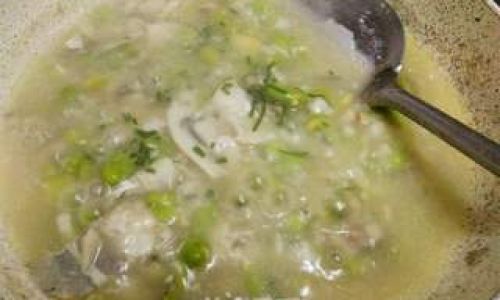
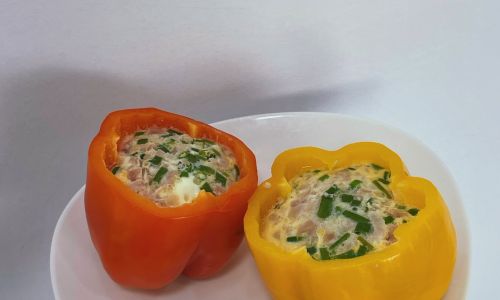
0 comments